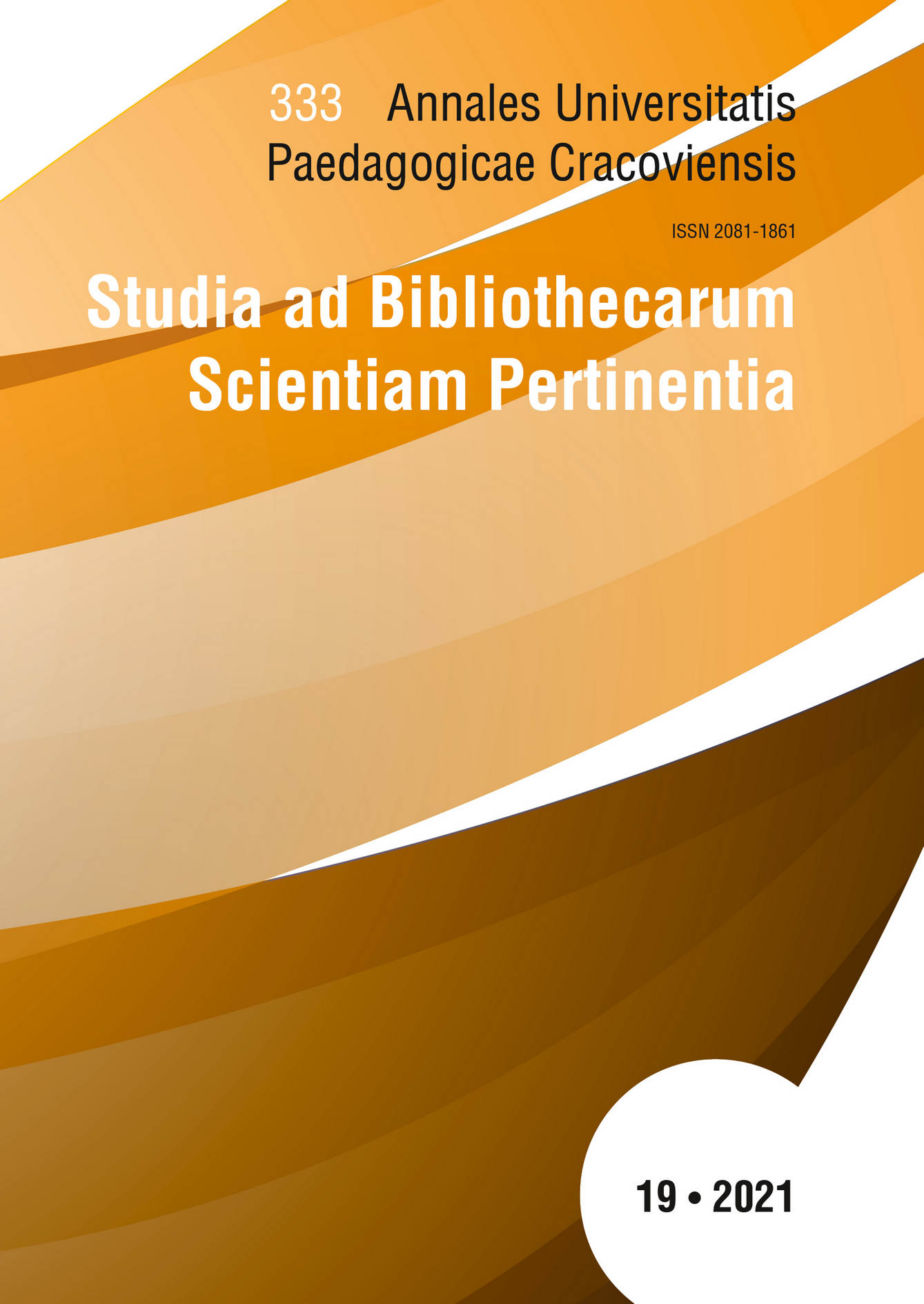Zwiększenie czytelności wypowiedzi w polskim języku migowym przez animowaną wirtualną postać. Badania użytkowników z wykorzystaniem nowych technologii
DOI:
https://doi.org/10.24917/20811861.19.40Słowa kluczowe:
avatar, virtual assistant, Polish Sign Language, sign communication, comprehensibility of communication, accessibility of communication, effectiveness of research toolsAbstrakt
Research in construction of sign language avatars, which are computer-generated representations of linguistic phenomena, can be used to arrive at solutions facilitating communication with hearing-impaired persons. The clarity of content of the sign communication is particularly important for its recipient. As part of its project “How to Increase the Comprehensibility of Utterances in the Polish Sign Language through Animated Virtual Assistant”, the research network Łukasiewicz- Instytut Technik Innowacyjnych EMAG from Katowice (Ł-EMAG)23 has undertaken research with a view to evaluating the efficacy of the Polish Sign Language (PJM) through a virtual assistant; the other objective is to single out those traits which most contribute to satisfactory reception and comprehension of communication. The present article reports on the comparative studies conducted so far, which include surveys and in-depth interviews with hearing-impaired users of sign language by means of dedicated research tools. The first (introductory) stage consisted in gathering users’ opinions on the comprehensibility of the sign language of the first created avatar, including features which either facilitate of hinder communication as well as the level of experience of hearing-impaired persons in the use of on-line translators. In the second stage, a model of a 3D virtual assistant was developed, which took into consideration all the above-mentioned features facilitating or hindering communication. This part of the research yielded data concerning the comprehensibility of the virtual avatar as well as users’ comparison of the two avatars.
Bibliografia
Cabral P. B. i in., PE2LGP Animator: A Tool to Animate a Portuguese Sign Language Avatar, Proceedings of the 9th Workshop on the Representation and Processing of Sign Languages, Language Resources and Evaluation Conference (LREC 2020), Marseille, 11–16 May 2020, s. 33–38, [on-line:] https://aclanthology.org/2020.signlang-1.6.pdf – 27.10.2021.
Ebling S., Glauert J., Building a Swiss German Sign Language Avatar with JASigning and Evaluating It among the Deaf Community, „ Universal Access in the Information Society” 2016, no. 15(4), s. 577–587.
Filhol M., Mcdonald J., Extending the AZee-Paula Shortcuts to Enable Natural Proform Synthesis, Workshop on the Representation and Processing of Sign Languages, May 2018, Miyazaki, Japan, [on-line:] https://hal.archives-ouvertes.fr/hal-01848979 – 27.10.2021.
Hand talk [on-line:] https://handtalk.me/en/blogpost/Index/?Id=4 – 27.10.2021.
Hayward K., Adamo-Villani N., Lestina J., A Computer Animation System for Creating Deaf-Accessible Math and Science Curriculum Materials, [w:] Eurographics 2010 – Education Papers, red. L. Kjelldahl, G. Baronoski, [b.d.], 2010, s. 1–8 [on-line:] https://diglib.eg.org/handle/10.2312/eged.20101009.001-008 – 27.10.2021.
Infomat-e, [on-line:] http://infomat-e.pl/ – 11.09.2021.
Kuźmicz, K., E-edukacja jest wszędzie – rozważania dotyczące istoty i zastosowania technologii mobilnych w kształceniu zdalnym, [w:] Dialog – konflikt, red. A. Dytman-Stasieńko, J. Stasieńko, Wrocław 2012, s. 129–140.
Mimix3D Sign Language, [on-line:] http://mindrocketsinc.com/main/products – 27.10.2021.
Sah A. K., Sign Language Translator. A Project Report of Capstone Project – 2, 2020, [on-line:] http://103.47.12.35/bitstream/handle/1/1841/1613101194_ASHISH%20KUMAR%20SAH_FinalProjectReport%20-%20ASHISH%20KUMAR%20SAH.pdf?sequence=1&isAllowed=y – 27.10.2021.
San-Segundo R. i in., A Spanish Speech to Sign Language Translation System for Assisting Deaf-mute People, Paper presented at the Interspeech 2006, [on-line:] https://www.isca-speech.org/archive/interspeech_2006/sansegundo06_interspeech.html – 27.10.2021.
Shohieb S. M. M., A Gamified e-Learning Framework for Teaching Mathematics to Arab Deaf Students: Supporting an Acting Arabic Sign Language Avatar, „ Ubiquitous Learning: An International Journal” 2019, no. 12 (1), s. 55–70.
Sign 4 Me: A Signed English Translator App, [on-line:] http://www.corada.com/products/sign-4-me-app – 27.10.2021.
Thetos, [on-line:] http://sun.aei.polsl.pl/sign/ – 27.10.2021.
TextoSign, 2015, [on-line:] https://itcl.es/en/simulation-and-virtual-reality-products/textosign-2/ – 27.10.2021.
Tschare G., The Sign Language Avatar Project, „Innovative Practice” 2016, no. 240, [on-line:] http://goo.gl/5RCkAc – 27.10.2021.
Vcom3D i Laurent Clerc National Deaf Education Center, [on-line:] http://www.vcom3d.com/vault_files/forest_asl/ – 11.09.2021.
Yorganci R., Alp Kındıroğlu A., Kose H., Avatar-based Sign Language Training Interface for Primary School Education, Paper presented at the International Conference on Intelligent Virtual Agents (IVA) 2016, [on-line:] http://www.macs.hw.ac.uk/~ruth/greats16/GREATS-16_paper_6.pdf – 27.10.2021.
Pobrania
Opublikowane
Jak cytować
Numer
Dział
Licencja
Prawa autorskie (c) 2021 AUPC Studia ad Bibliothecarum Scientiam Pertinentia

Utwór dostępny jest na licencji Creative Commons Uznanie autorstwa 4.0 Międzynarodowe.

